
He 70K
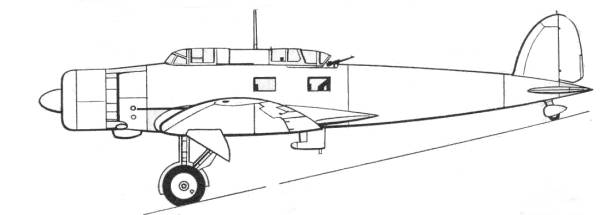
The Heinkel He 70 owes some of its existence to the appearance of the Lockheed Orian by Swissair on the Zurich-Munich-Vienna runs. Lufthansa had already initiated designs from Heinkel and Junkers for an aircraft that would equal the Orian's performance but was not expecting to see it in European skies so soon. Although the designs were well on their way, Lufthansa went back to both and requested an increase in performance that would better the Orian. Junkers felt that their original design, the Ju 60, could be tweaked to improve the performance but Heinkel decided on an all new design and turned their talented designers Walter and Siegfried Gunter loose on the project. The new design designated the He 70 was powered by a BMW 12 cylinder liquid cooled engine of 637 hp and featured what would become Heinkel's trademark elliptical wings. The first prototype few in December 1932 and the second in February 1933. This second aircraft attained a speed of 234 m.p.h. during an early test flight. This was the first aircraft delivered to Lufthansa early the following month as the He 70A. Flown by Flugkaptain Untucht of Lufthansa, this aircraft established eight international speed records over distances of 62 - 1,242 miles with loads of 1,102 and 2,204 pounds between March 14 and April 28, 1933. The most important of these was an average speed of 222 m.p.h. over a 62 mile course with a 2,204 pound load. The significance of this was that the speed was 13.4% higher than the maximum speed attainable by the RAF's latest service fighter, the Hawker Fury I.
It didn't take the up and coming Luftwaffe long to take an interest in the He 70 and one of the early models was modified with an open gun position behind the pilots position and sent for military evaluation. To render the He 70 more suitable for military tasks the Heinkel design team undertook some redesign in early 1934. The results of which were incorporated in two prototypes, the He 70e light bomber and the He 70f reconnaissance bomber. The raised decking aft of the pilot was more extensively glazed and the gun position in which it terminated was semi-enclosed. A bay was inserted in the fuselage center section which could accommodate six 110 pound bombs or 24, 22 pound bombs or in the He 70f could accept a 61.5 gallon auxiliary fuel tank in the forward section and a hand operated camera in the aft section. A glazed panel was inserted in the weapons bay doors for the camera. Both models were ordered into production as the E-1 and F-1 and production deliveries began in late autumn of 1934 but relatively few of the E series were delivered when the more versatile F series was standardized. In fully loaded condition the He 70F was faster than the He 51 fighter that was then entering service. However the aircraft was unpopular with crews early in its service career owing to their inexperience with high performance monoplanes.
The
He
70 served in Spain with both the Condor Legion and later with the
nationalist Spanish air arm and performed both reconnaissance and
bombing missions and proved that they could easily elude Republican
fighters with ease. In spite of the markedly improved reconnaissance
capability provided by the Do 17F, the single engined He 70 maintained
its importance in the Luftwaffe's first line strength for a
considerable time with 73 aircraft still being included in the
operational inventory on September 19, 1938. By the end of 1936
production of the He 70 was winding down and Heinkel had obtained
approval from the RLM to solicit export orders. The Hungarian
government expressed an interest and an He 70F demonstrator was sent to
Budapest. The Hungarians expressed an interest in installing a license
built Gnome-Rhone 14K radial engine on the He 70 and Heinkel did a test
installation which they designated the He 170. It was equipped with a
three bladed Hamilton Standard variable pitch propeller. The He 170A-01
was the first aircraft in a batch of 18 ordered by the Hungarian
government and delivered between September 1937 and February 1938. The
He 170s flew clandestine photographic sorties during disputes between
Hungary and Romania and was also used when the Hungarian Army occupied
the Bacska territory that had been ceded to Yugoslavia. Some of these
included flights over Soviet territory and one aircraft was shot down
by Soviet fighters. Despite low combat losses the He 170 was never
popular with crews as due to the use of a lot of magnesium in its
construction, it burned readily when hit and its defensive armament was
considered totally inadequate. It also had a very limited range which
finally prompted the Hungarian High Command to withdraw it from service
after having flown fewer than 30 missions. The He 170 designation was
never used by the Hungarians who persisted in calling it the He 70.
The Kit
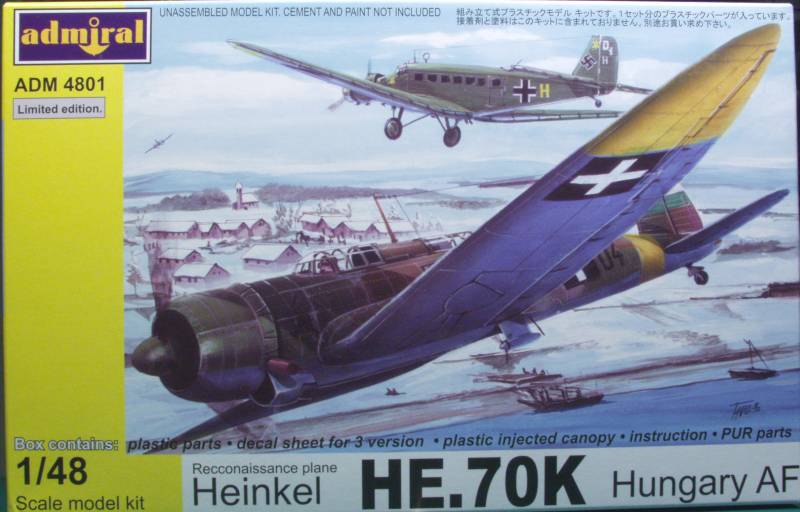
The Admiral kit, which is really an AZ Models kit comes in an average sized top open style box with nice artwork on the top. I'm not sure what the deal is with the Admiral name as the instructions have the AZ name and it repeated on the box as well. AZ released this kit in 2012 as the He 70F which was powered by a liquid cooled engine. This kit contains all the parts of that kit plus a new sprue with new fuselage halves and the other parts to make it into the radial engined version including a resin engine,the oil cooler for the lower fuselage and decals for a Hungarian aircraft. My references did not list an He 70K which is what the box indicates it to be. As noted in the history above the Germans referred to the model exported to the Hungarians as the He 170. Admiral / AZ has also released this kit as an He 170 with German markings.
The kit is a typical limited run style kit from the Czech Republic. Inside the box the parts are inside to resealable bags, one containing the sprues for the original kit and the other the new sprue to make the radial engine aircraft. The clear parts were separately bagged in a zip lock bag inside the sprue bag.The kit is molded in a gray color and features recessed panel lines and surface detail. The panel lines on the wings seemed a little finer than those on the fuselage but all were uniform and of average size for a kit in this scale. A few of the panel lines on the fuselage of the new sprue need to be cleaned out as they appear to be partially filled in.
The parts are nicely molded with some light flash and like many limited run kits the sprue attachment point tend to be a bit heavy. Mold parting lines are a bit heavier than I would like and will take some careful cleaning up, especially on parts that have a round cross section. Other than the partially filled panel lines I did not find any other major defects on any of the air frame parts. The control surfaces are all molded in the neutral position. The kit's interior details are pretty basic with an instrument panels with recesses instrument locations and raised details. There are a couple of radio boxes, seats and bulkheads for all three positions, control column and rear machine gun. Very little documentation is available for these aircraft so some creative gizmology might dress it up a bit. No seat belts or harnesses are supplied.
The resin engine is nicely done but could benefit from some push rods and wiring. The oil cooler housing and radiator are also nice but differ some from what is shown in the instructions as the radiator is a one piece casting and the instructions show two. The tires are not weighted. The prop is a multi part affair but it does have a crude sort of keying for setting the angles that should work OK. The kit contains 63 parts molded in gray but there are a number of parts that were used on the liquid cooled engine that won't be used on this version. See photos below.
This first photo show the sprue included with the original kit and some of these parts, including the fuselage will not be used.
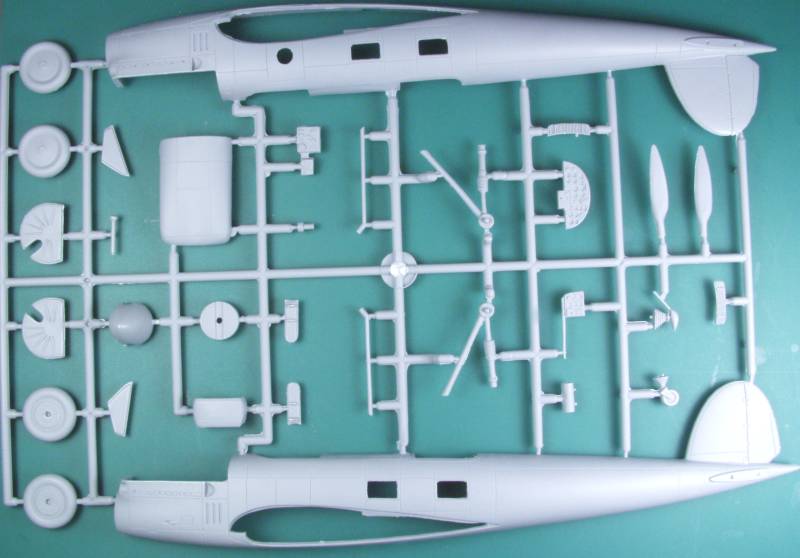
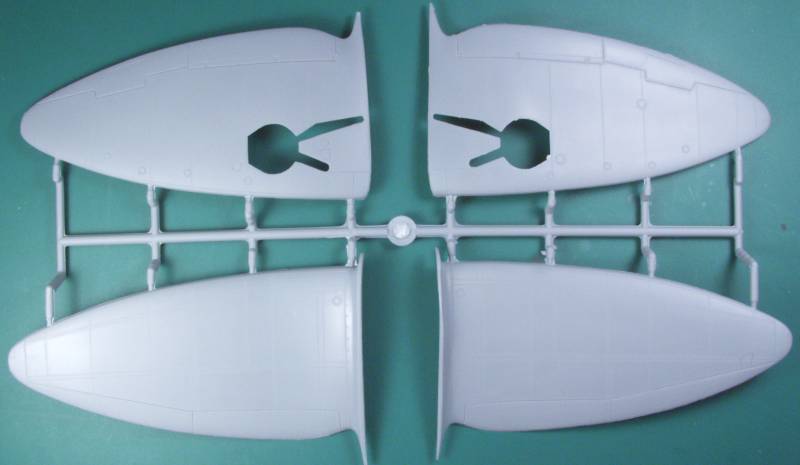
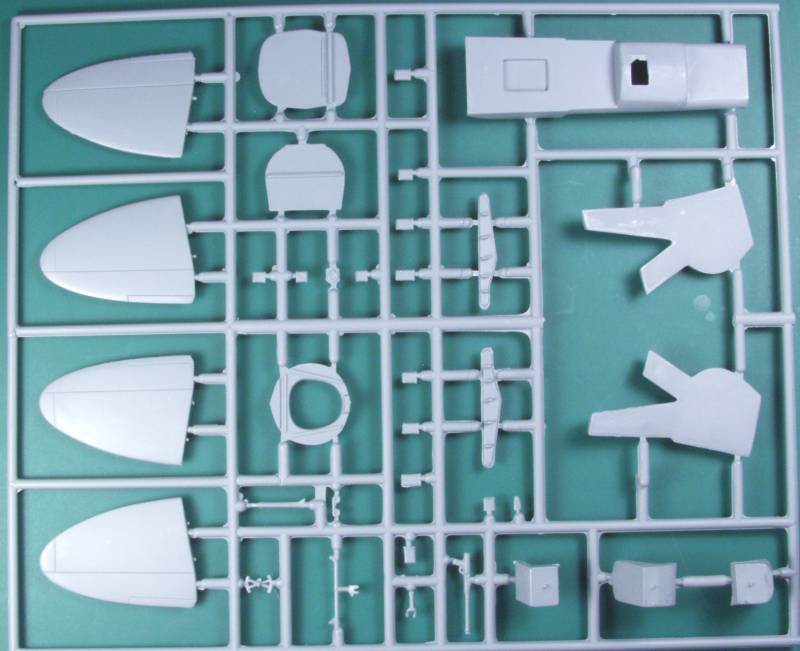
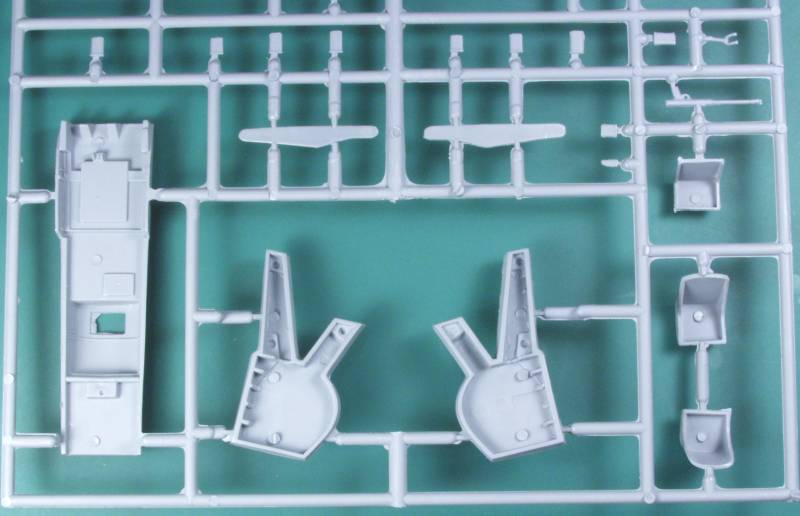
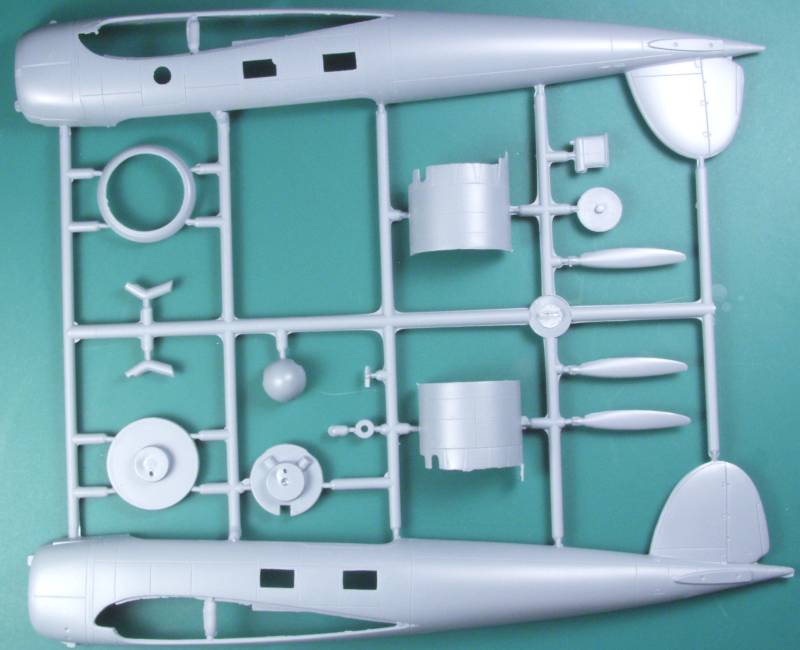
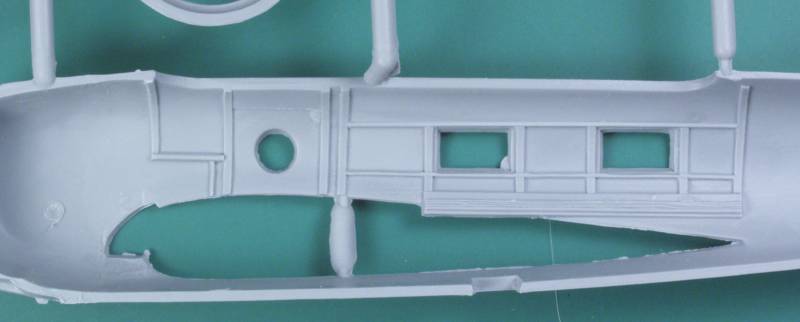
The three resin parts.
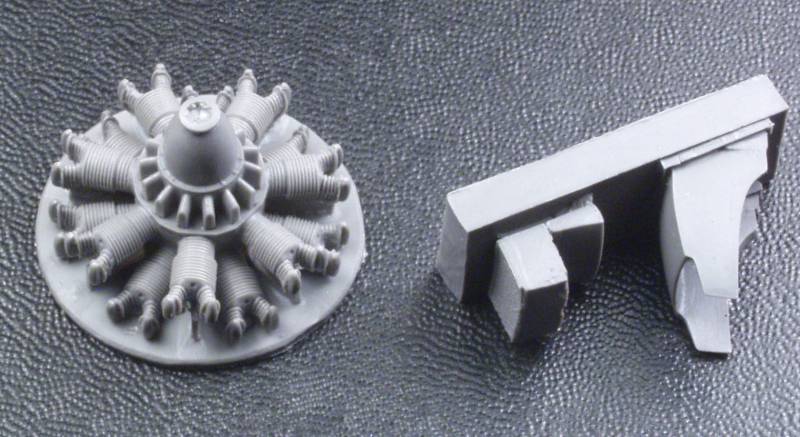
The clear parts are shown below. The canopy is reasonable thin with raises frame lines and is nice and clear. The other clear parts are a bit thick and not all that clear but there won't be much to be seen through them anyway. See below.
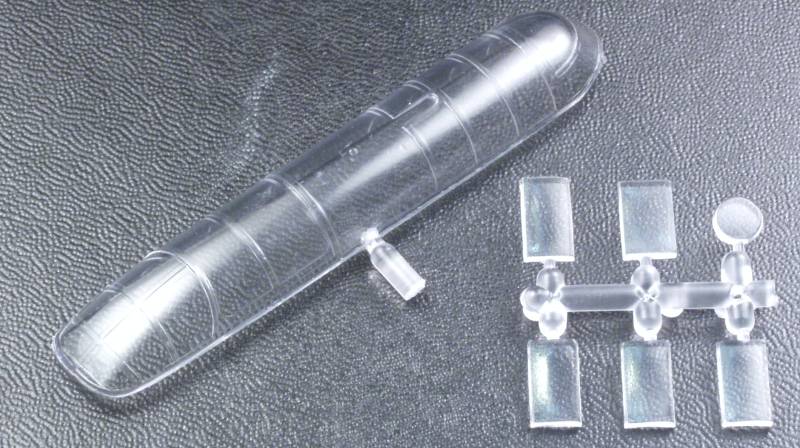
The decals are thin and have only minimal excess film, registration is good and they appear to be opaque. I have not tried any AZ decals before so I can't comment on how well they work. Markings are provided for three Hungarian aircraft, however two of them vary only in the paint scheme and serial number. See photo below.
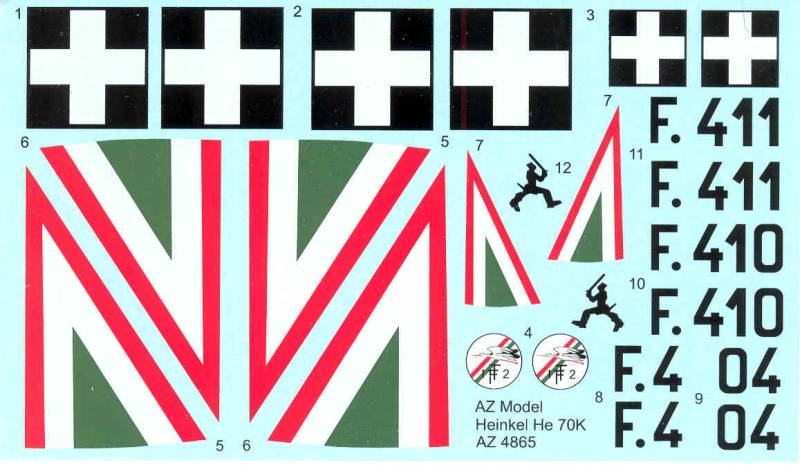
The instructions are printed on a single A4 sheet folded in half to create four panels. The instruction cover both the He 70K and the He 170.The first panel has a parts map, important as the sprues have no part numbers on them. The next two panels are the assembly drawings. One of my first thoughts when looking at the sprues was that the wing to fuselage join could be problematic and it is noted on the assembly drawing in all caps that parts for this join must be pretested and adjusted so it should be fun. The last panel has line drawings of both the He-70K and the He 170
After Market Goodies
A lot of limited run kits like this don't get any attention from the after market folks but there are two items available for this kit that are sold under the AZ model name and most likely done by Eduard. I guess this way they get a piece of the after market pie and make available items that the AM folks wouldn't otherwise do. The first item is a canopy mask (AZ # A4014) and the other is a color photo etch set (AZ #4015). I'm making an assumption here that the canopy did not change between the He 70 and 170 and that the mask set will work for both. The mask set also includes masks for the wheel hubs. The color photo etch set includes the typical Eduard style multi part instrument panel and new fronts for the other panels and radios. Also included is a set of seat belts and shoulder harnesses for all three seats, some levers, grills for the oil cooler, structure detail for the inside of the landing gear doors, a loop antenna, aileron actuators, gun sights and handles for the ammunition containers and a few other bits and bobs. The set is very similar to the Eduard Zoom sets with just enough stuff to dress things up a bit without going over board. The instructions are also just like Eduards. All in all it should do a nice job of adding some extra detail. See photos below.
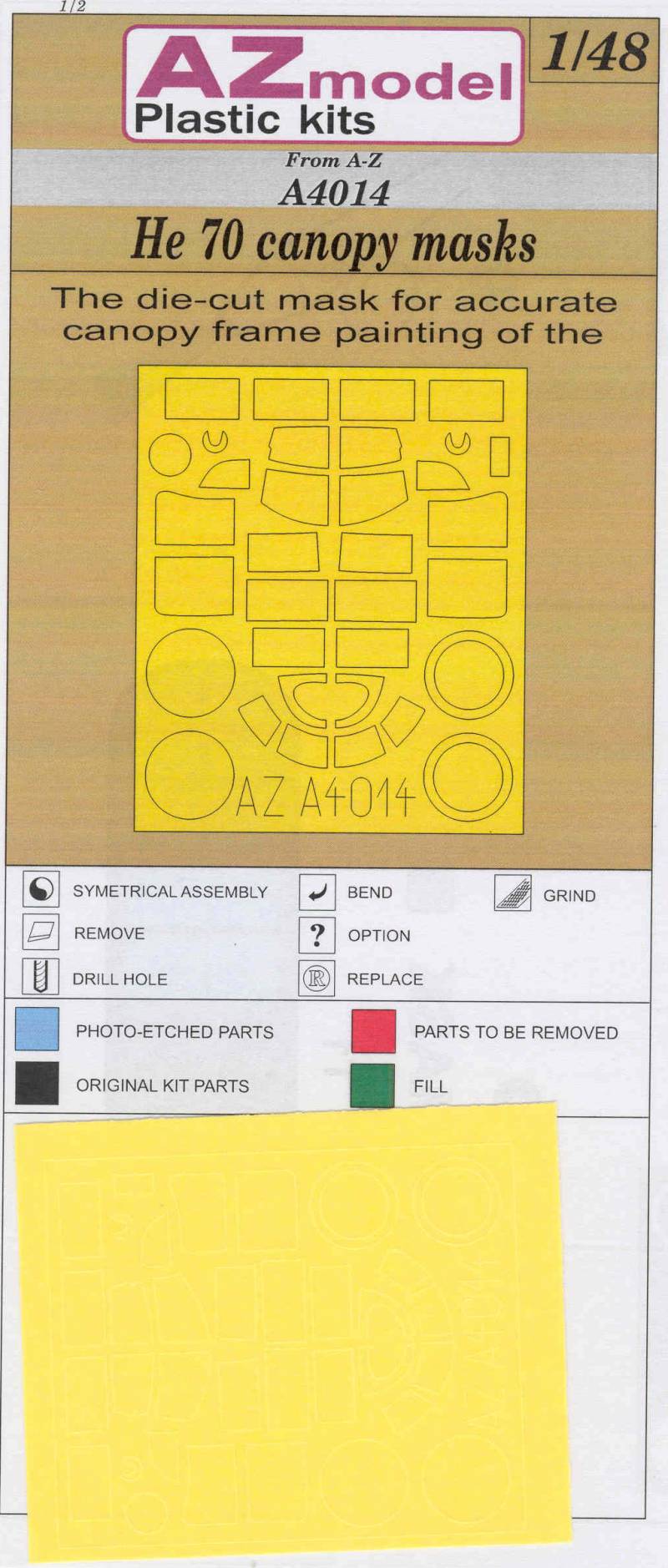
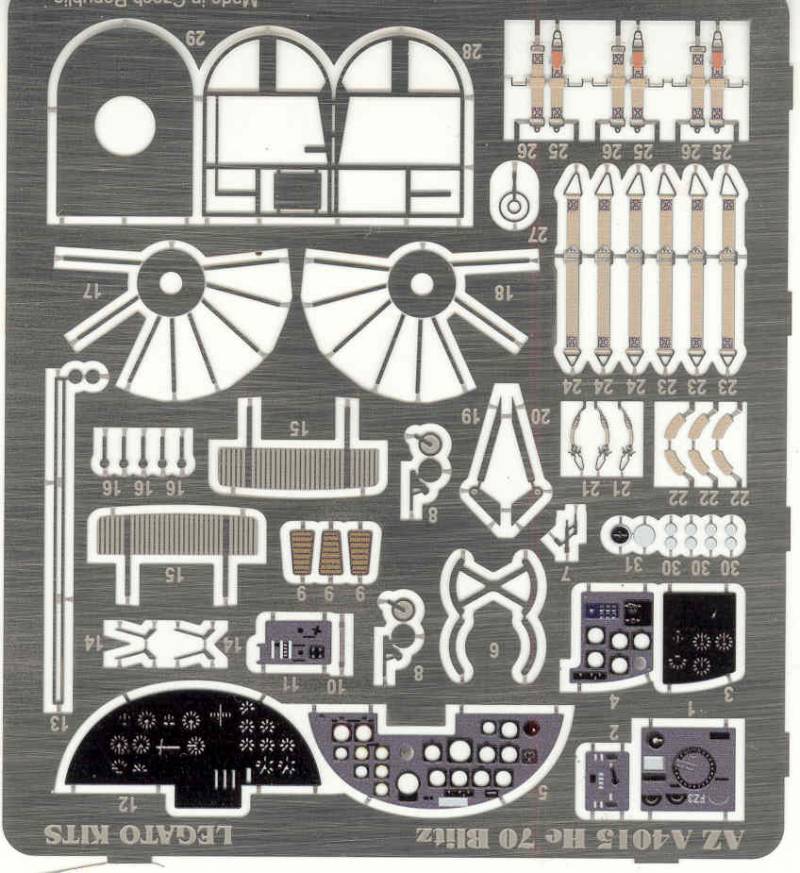
Conclusions
I did not spend any time measuring this kit or trying to find shape issue problems. One of AZ models other kits, the Ki-48, has numerous shape errors so whether this one is accurate will need to be determined by others. The kit looks like a He 70 to me and for now that is all I'm interested in. The subject matter is not all that well known so I'm not sure it's an issue anyway. The He 70 was very much a trend setting aircraft in spite of its rather limited usage and many of its design elements can be seen in later aircraft from the Heinkel company. The provides an unusual subject for your German collection and should be no more difficult to build than many other limited run kits. Recommended to German aircraft fans with a few limited run kits under their belts.
Links to kit build or reviews
None that I've found.
References
Warplanes of the Third Reich by William Green
Back to the Misc 1/48 Scale
German page